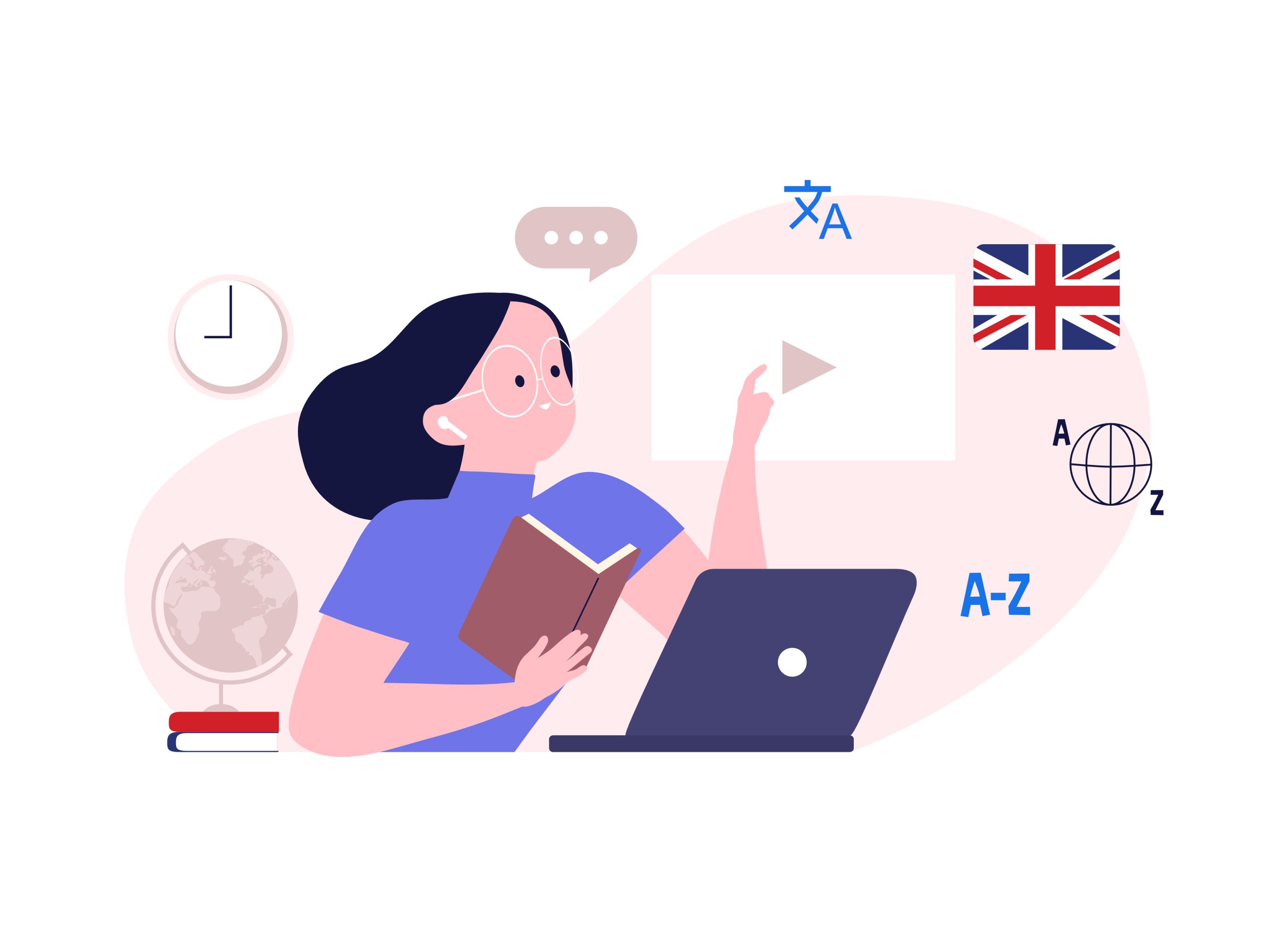
metatrader4 คือ อะไร มีข้อดี – ข้อเสียยังไง
ก่อนตัดสินใจใช้เครื่องมือ metatrader4 แน่ใจหรือว่าคุณรู้จักดีพอ หากคิดว่าไม่เราจะพาไปทำความเข้าใจว่า metatrader4 คือ อะไร หรือมีข้อดี - ข้อเสียยังไง เพิ่มความมั่นใจก่อนใช้บริการ

ก่อนตัดสินใจใช้เครื่องมือ metatrader4 แน่ใจหรือว่าคุณรู้จักดีพอ หากคิดว่าไม่เราจะพาไปทำความเข้าใจว่า metatrader4 คือ อะไร หรือมีข้อดี - ข้อเสียยังไง เพิ่มความมั่นใจก่อนใช้บริการ

ตุ๊กตาหมีถือเป็นของเล่นสุดเบสิคของเด็กๆ และผู้ใหญ่ เพราะความน่ารักน่ากอด ทำให้บนเตียงต้องมีอย่างน้อยสักตัวแน่นอน ซึ่งแน่นอนว่าแบรนด์ตุ๊กตาหมีที่เรารู้จักนั้นก็มีอยู่หลายแบรนด์มากๆ วันนี้เราจะมาแนะนำแบรนด์ตุ๊กตาหมี ที่ไม่ว่าปีไหนก็ฮิตเหมือนเดิม ซื้อเป็นของขวัญก็ประทับใจไม่น้อยเลย Care Bears เจ้าหมีแคร์แบร์กำลังเป็นที่นิยมมากๆ ในตอนนี้ ซึ่งเป็นแบรนด์ที่เริ่มแรกมาจากการขายตุ๊กตาหน้าตาน่ารักที่หลาย ๆ คนชื่นชอบ ก่อตั้งมาหลายสิบปี ซึ่งความน่าสนใจของ Care Bears ก็คือสิ่งนี้นั้นมีเรื่องราว เป็นตุ๊กตาในโลกนิยาย ซึ่งเหล่า Care Bears แต่ละตัวก็มีความน่ารัก เป็นภูติผู้คอยปกป้องเหล่าเด็ก ๆ จากสิ่งชั่วร้าย ซึ่งเจ้าตุ๊กตาแคร์แบร์ของแท้ก็มีให้เลือกถึง 8 สี แต่ละสีก็จะมีความน่าสนใจที่แตกต่างกันออกไป สิ่งที่ต้องระวังคือของปลอม อยากได้แคร์แบร์ของแท้ต้องที่ LAZADA

สายตาสั้น หรือที่เรียกว่า myopia เป็นภาวะทางสายตาที่พบได้บ่อยซึ่งส่งผลกระทบต่อผู้คนจำนวนมากทั่วโลก ทำให้วัตถุที่อยู่ห่างไกลดูพร่ามัวในขณะที่วัตถุระยะใกล้ยังคงชัดเจน โชคดีที่มีวิธีการรักษาสายตาสั้นที่มีประสิทธิภาพหลายวิธีเพื่อปรับปรุงวิสัยทัศน์และคุณภาพชีวิตของคุณ ในคู่มือสำหรับผู้เริ่มต้นเกี่ยวกับการรักษาสายตาสั้นนี้ เราจะพูดถึงทุกสิ่งที่คุณจำเป็นต้องรู้เพื่อเลือกตัวเลือกการรักษาที่เหมาะสมสำหรับตัวคุณเอง สายตาสั้นคืออะไร? สายตาสั้นเป็นภาวะที่เกิดขึ้นเมื่อลูกตายาวเกินไปหรือกระจกตา (ส่วนหน้าที่ชัดเจนของดวงตา) โค้งมากเกินไป เป็นผลให้แสงที่เข้าสู่ดวงตาโฟกัสไปที่ด้านหน้าของเรตินาแทนที่จะโฟกัสโดยตรง ทำให้วัตถุที่อยู่ห่างไกลดูพร่ามัว ตัวเลือกการรักษาสายตาสั้น การสวมใส่แว่นตาเป็นวิธีการรักษาสายตาสั้นที่พบได้บ่อยและมีประสิทธิภาพมากที่สุด แว่นตาทำงานโดยแก้ไขการหักเหของแสงและนำภาพของวัตถุมาโฟกัสที่เรตินา ทำให้มองเห็นได้ชัดเจนและคมชัดยิ่งขึ้น การใส่คอนแทคเลนส์ก็สามารถเป็นทางเลือกสำหรับผู้ที่สายตาสั้นและมันก็ทำหน้าที่เหมือนแว่นตา แต่เป็นการทาบลงตาโดยตรง คอนแทคเลนส์มีให้เลือกหลายประเภท ได้แก่ คอนแทคเลนส์แบบรายวัน แบบใช้แล้วทิ้งรายเดือน และคอนแทคเลนส์แบบสวมขยาย Orthokeratology (Ortho-K) เป็นทางเลือกการรักษาสายตาสั้นแบบไม่ต้องผ่าตัด ซึ่งเกี่ยวข้องกับการใส่คอนแทคเลนส์แบบพิเศษข้ามคืน ซึ่งจะปรับรูปร่างกระจกตาใหม่และให้การมองเห็นที่ชัดเจนตลอดทั้งวัน การผ่าตัดเลสิกเป็นการผ่าตัดรักษาสายตาสั้นที่เกี่ยวข้องกับการปรับรูปร่างกระจกตาโดยใช้เลเซอร์ การผ่าตัดเลสิคเป็นทางเลือกที่มีประสิทธิภาพสำหรับผู้ที่ไม่ต้องการใส่แว่นตาหรือคอนแทคเลนส์และไม่กลัวการผ่าตัด Photorefractive Keratectomy (PRK)

สำหรับการทำ ประกันภัยรถยนต์ 2+ ราคา ของผู้ให้บริการแต่ละแห่ง ก็จะมีการให้บริการที่แตกต่างกันไป สำหรับราคากลางนั้นจะมีราคาอยู่ที่เท่าไหร่ และมอบความคุ้มครองอะไรบ้าง มีเรื่องอะไรที่คุณจะต้องรู้ก่อนที่จะซื้อประกันภัยรถยนต์ชนิดนี้มาใช้งาน เราก็มีคำแนะนำดี ๆ มาฝากกันแล้ว ประกันภัยรถยนต์ 2+ ราคา เท่าไหร่? สำหรับราคาของ ประกันภัยรถยนต์ 2+ ราคา อยู่ที่ประมาณ 7,200 – 7,500 บาท (ราคาเริ่มต้น) ซึ่งถือเป็นราคา ที่เหมาะกับการลงทุน ในการซื้อประกันที่มีความคุ้มครองดี ๆ สักกรมธรรม์ เพื่อนำมาใช้ในการประกันความปลลอดภัยรถยนต์ของคุณ แต่ถึงกระนั้นสิ่งที่คุณต้องใส่ใจก่อนที่จะซื้อประกันรถยนต์มา เพิ่มความคุ้มครองให้กับรถสุดที่รักของคุณสักกรมธรรม์คุณจะต้องเปรียบเทียบ และศึกษาความแตกต่างของรายละเอียดการคุ้มครองของแต่ละเจ้าให้ดีเสียก่อน

การเรียน เป็นสิ่งที่สำคัญสำหรับมนุษย์เรามาก ๆ เพราะจะทำให้เราได้เกิดการเรียนรู้ในสิ่งต่าง ๆ ในยุคนี้ที่หลายคนต้องเรียนรูปแบบออนไลน์นั้น ก็อาจจะทำให้ไม่สามารถรับความรู้ได้อย่างเต็มที่ หรือในบางครั้งก็อาจจะรู้สึกเมื่อต้องเรียนแบบนี้ไปนาน ๆ จนทำให้หลุดโฟกัสจากการเรียนไปได้ง่าย ๆ ผู้สอนจึงจำเป็นที่จะต้องมองหาสิ่งใหม่ ๆ ที่จะช่วยสร้างความตื่นตัวให้กับผู้เรียนได้ อีกทั้งผู้สอนจำเป็นที่จะต้องปรับตัวให้เข้ากับผู้เรียนด้วย ซึ่งรูปแบบการเรียนการสอนที่เป็นเช่นนี้ ก็คือ การเรียนรู้แบบ Micro-Learning นั่นเอง การเรียนรู้แบบ Micro Learning คืออะไร Micro Learning คือ การเรียนรู้แบบระยะสั้น ที่จะมีการสอนแบบเน้นเนื้อหาที่ต้องกระชับ และมีความตรงประเด็น ไม่ยืดเยื้อมากเกินไปจนน่าเบื่อ การกระชับเนื้อหาให้ตรงประเด็นมากที่สุดก็เพื่อเป็นการช่วยในเรื่องของการพัฒนาความรู้ และทักษะในรูปแบบหนึ่ง โดยเฉพาะการที่จะทำให้ผู้เรียนสามารถนำสิ่งที่ได้เรียนรู้มาปรับใช้การชีวิตจริง หรือการทำงานจริง

อย่างที่หลายคนทราบกันดีว่าตอนนี้ผู้คนบนโลกกำลังเผชิญกับโรคระบาดครั้งใหญ่ ที่รับมือค่อนข้างลำบากอย่าง COVID-19 ทำให้การใช้ชีวิตของผู้คนมีความเปลี่ยนไป จากเดิมที่สามารถไปไหนมาไหนได้อย่างสะดวก เมื่อเกิดโรคนี้ขึ้นการออกไปพบเจอผู้คน หรือทำอะไรนอกบ้านก็ตามล้วนเป็นเรื่องที่ยากลำบาก และก่อให้เกิดความเสี่ยงที่จะติดเชื้อ การเรียนออนไลน์เองก็เช่นกันที่ได้รับผลกระทบไปด้วย นักเรียนจำเป็นที่จะต้องเรียนหนังสือผ่านทางออนไลน์ ซึ่งการเรียนออนไลน์ก่อให้เกิดความน่าเบื่อ และเรียนไม่ค่อยเข้าใจ ในบทความนี้จึงอยากแบ่งปันเคล็ดลับที่จะช่วยให้สามารถเรียนออนไลน์ได้ง่ายมากยิ่งขึ้น เคล็ดลับที่จะช่วยให้การเรียนออนไลน์ง่ายขึ้น 1. เตรียมแผนการเอาไว้ล่วงหน้า ในการเรียนออนไลน์อาจจะเป็นสิ่งที่ใหม่สำหรับผู้คนในยุคนี้ เนื่องจากตลอดมาเราจะมีการเรียนการสอนขึ้นภายในโรงเรียน เมื่อปรับเปลี่ยนมาเป็นการเรียนออนไลน์ ก็อาจจะทำให้เกิดเหตุการณ์ไม่คาดฝัน หรือความยุ่งยากขึ้นได้ โดยเฉพาะปัญหาเรื่องอินเทอร์เน็ต ที่อาจจะทำให้เราหลุดออกมาห้องในขณะที่กำลังเรียน, ฟังที่ครูสอนไม่ค่อยเข้าใจ, ภาพค้าง หรือเสียงไม่มา สิ่งเหล่านี้สามารถเกิดขึ้นได้ทั้งหมด ในฐานะของผู้เรียนนอกจากที่จะต้องตั้งใจเรียนแล้ว ก็จำเป็นที่จะต้องเตรียมความพร้อมในเรื่องนี้เอาไว้ล่วงหน้าด้วย เช็กอุปกรณ์ให้แน่ใจก่อนการใช้งาน เพื่อให้สามารถเรียนเข้าใจได้ 2. ศึกษาเนื้อหาก่อนถึงคาบเรียน อย่างที่ได้กล่าวไปแล้วว่า ในการเรียนออนไลน์นั้น

ในยุคที่การสื่อสารกับต่างชาติเป็นเรื่องที่สำคัญอย่างมากมายในบ้านเรา ไม่ว่าใครที่สามารถสื่อสารพูดคุยกับชาวต่างชาติได้ ก็มักจะแต้มได้เปรียบกันทั้งนั้นไม่ว่าจะเป็นในด้านของ การงาน การติดต่อซื้อขาย การท่องเที่ยว หรือแม้แต่การสร้างความสัมพันธ์กับคนต่างประเทศ เพราะฉะนั้นแล้วการเรียนรู้ภาษาคือสิ่งที่ทุกคนไม่ควรที่จะมองข้ามโดยเด็ดขาด และในบทความนี้เราจะมานำเสนอแอปพลิเคชันที่จะเข้ามาช่วยให้คุณสามารถฝึกภาษาให้เก่งขึ้นได้ แอปเรียนภาษาแบบฟรี ๆ ที่ไม่มีไม่ได้แล้ว 1. Duolingo Duolingo คือแอปเรียนภาษาชื่อดังที่ได้รับความนิยมไปทั่วทุกมุมโลก เหมาะสำหรับผู้ที่ต้องการเรียนภาษาแบบพื้นฐาน และยังเหมาะสำหรับเด็กอีกด้วย เพราะมีเกมที่เกี่ยวกับภาษามาให้ผู้ใช้ได้ลองเล่นกัน เมื่อเล่นจบผู้เล่นก็จะได้นับคะแนนไปเรื่อย ๆ เพื่อความท้าทายในการเรียนภาษานั่นเอง โดยแอปนี้มีครอบคลุมการเรียนรู้กว่า 35+ ภาษา และยังเป็นแอปที่สามารถใช้งานได้แบบฟรี ๆ อีกด้วย 2. Hello English : Learn English เป็นแอปพลิเคชันที่กำลังถูกพูดถึงและกำลังมาแรงเลยก็ว่าได้